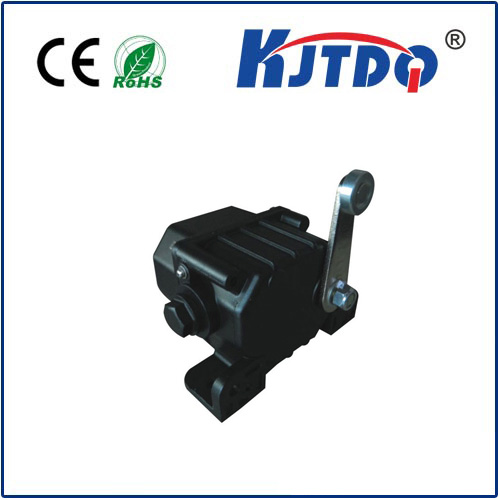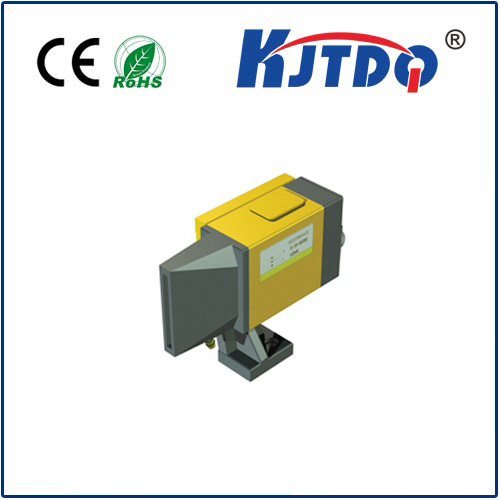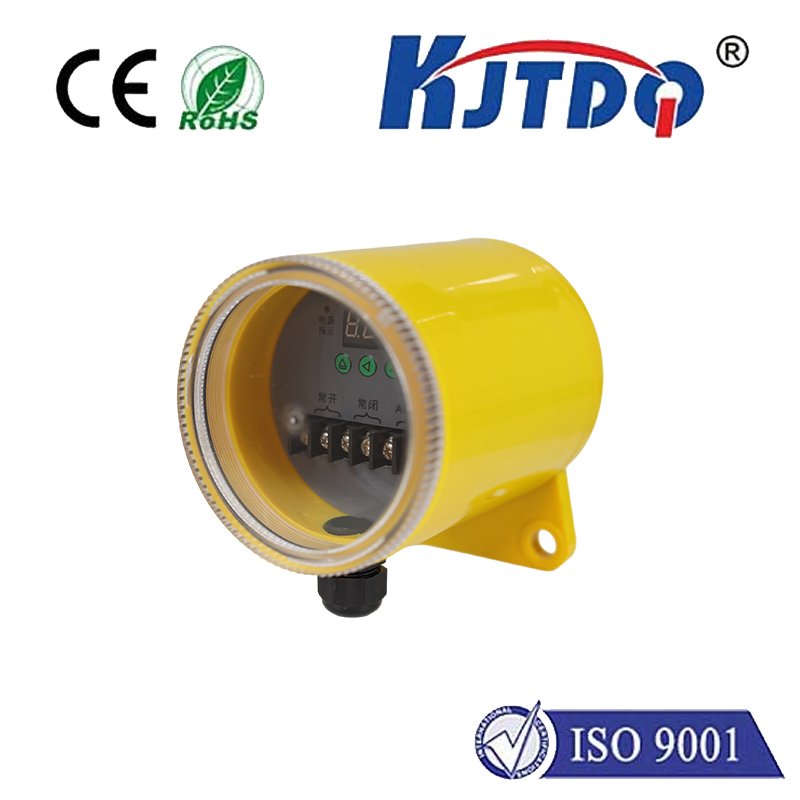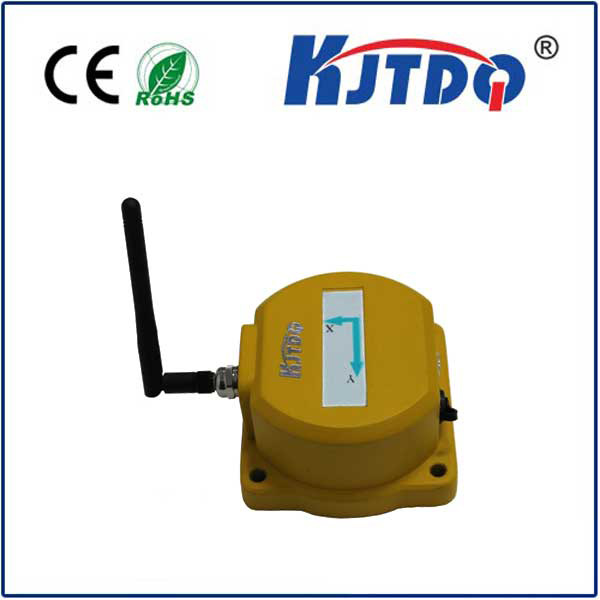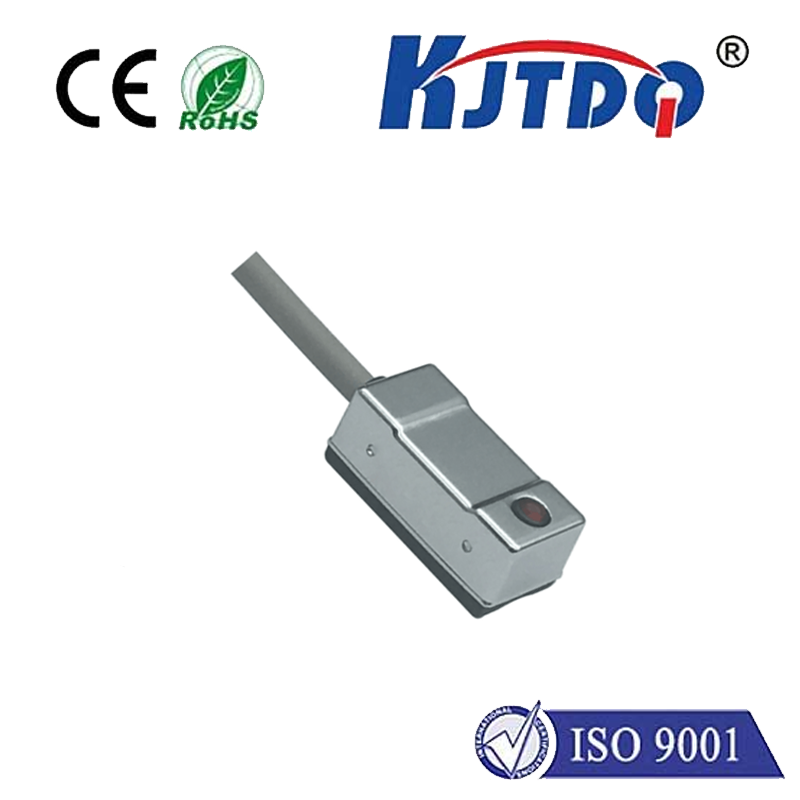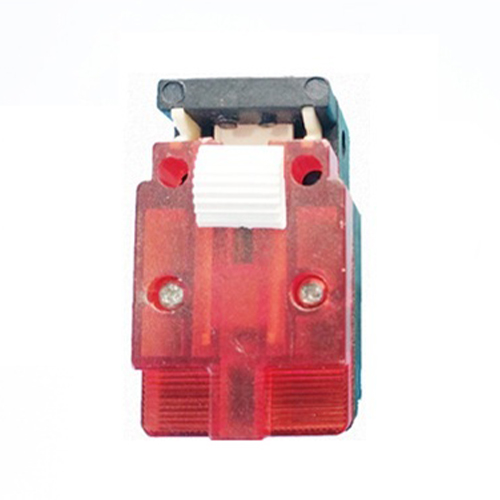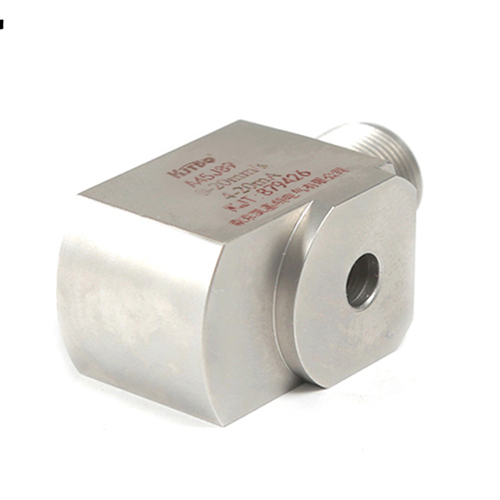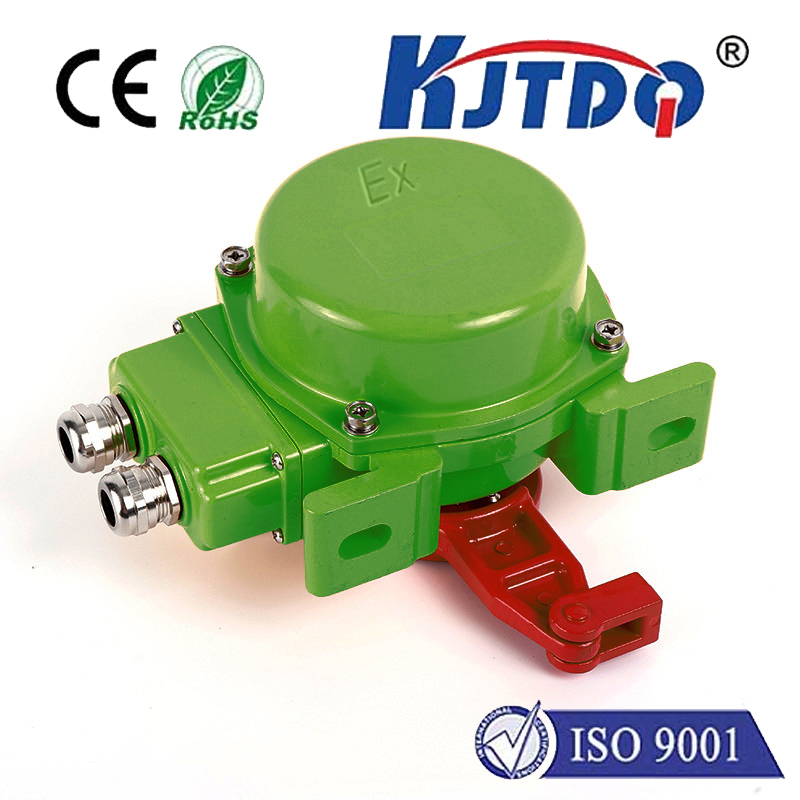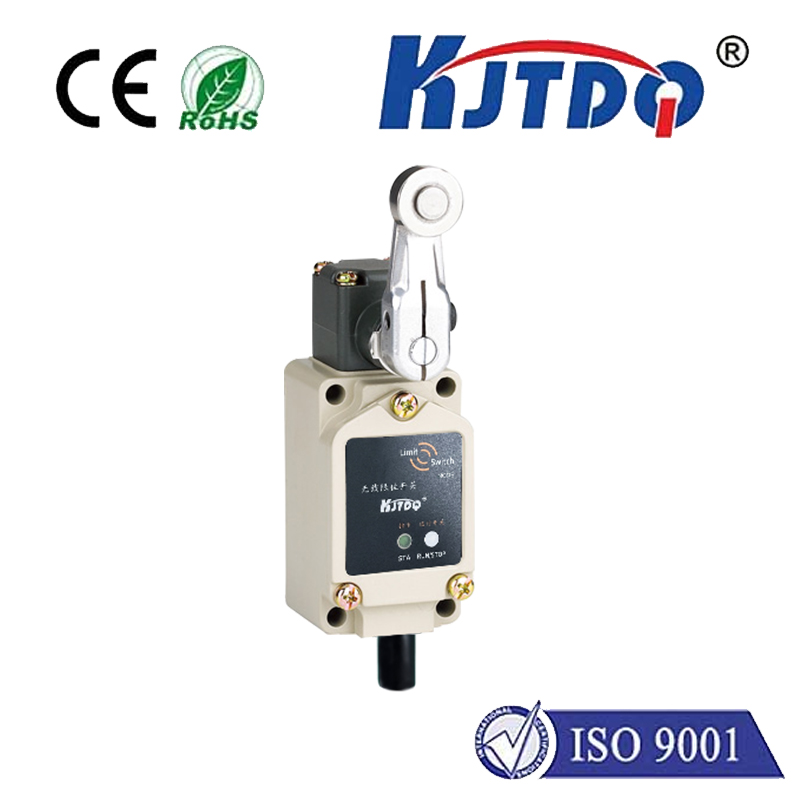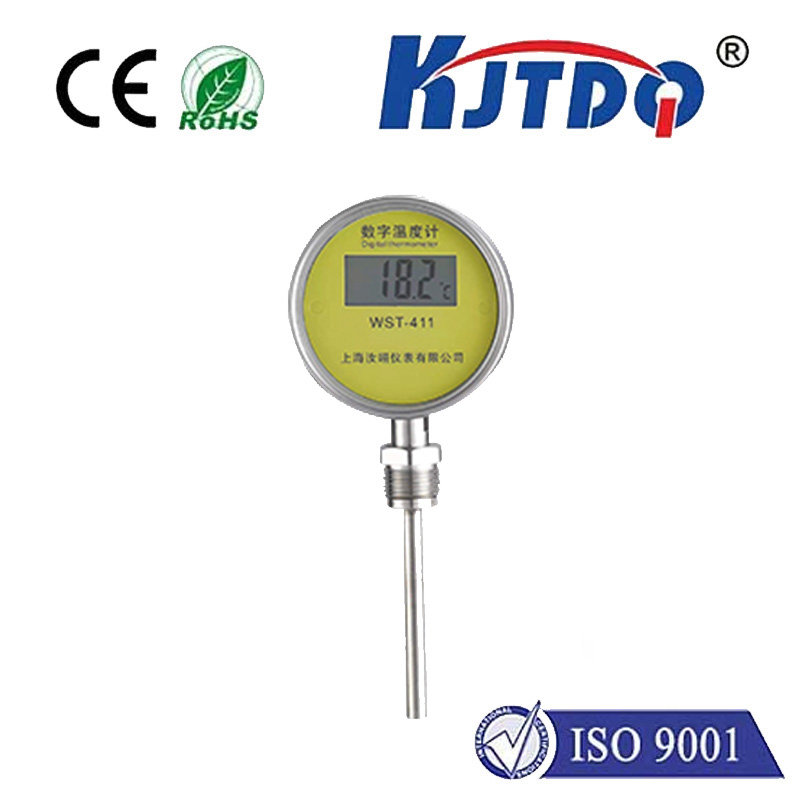

check

check

check

check
Cars with Radar Sensors: Enhancing Safety and Efficiency
In today’s fast-paced world, the integration of advanced technologies in vehicles has become increasingly vital. Among these innovations, radar sensors have emerged as a critical component in modern car systems. These sensors are not just functional; they are integral to improving safety, optimizing performance, and ensuring smoother driving experiences. This article explores the role of radar sensors in cars, their functionality, and how they contribute to the overall performance and safety of vehicles.
Radar sensors, or radio detection and ranging sensors, work by emitting radio waves and measuring the time it takes for them to return after reflecting off objects. This process allows the car’s computer to detect objects at a distance, track their movement, and determine their speed. Unlike cameras, radar sensors are not affected by weather conditions, making them reliable in various environments. This makes them particularly useful in situations where visibility is limited, such as at night or in adverse weather.

One of the primary functions of radar sensors is to enhance vehicle safety. They play a crucial role in automatic emergency braking (AEB), adaptive cruise control (ACC), and lane-keeping assist systems (LKAS). For example, in an AEB system, the radar sensor detects a sudden stop or collision risk and automatically applies the brakes to prevent accidents. Similarly, in ACC, the radar continuously monitors the distance to the following vehicle, maintaining a safe following distance and adjusting the speed accordingly. These features significantly reduce the risk of accidents and improve driver confidence.
Moreover, radar sensors contribute to the efficiency of modern vehicles. They are used in various systems to optimize fuel consumption and reduce emissions. For instance, in electric vehicles, radar sensors help in detecting obstacles and adjusting the vehicle’s speed to avoid collisions, which can improve energy efficiency. In traditional cars, radar sensors assist in maintaining optimal engine performance by detecting road conditions and adjusting the vehicle’s behavior accordingly.
In addition to their safety and efficiency roles, radar sensors also support autonomous driving technologies. As self-driving cars become more prevalent, radar sensors are essential for perception and decision-making. They provide critical data to the car’s central processing unit, allowing it to make real-time decisions based on its surroundings. This integration of radar sensors with artificial intelligence and machine learning enables cars to navigate complex environments with greater precision and reliability.
The benefits of radar sensors extend beyond just safety and efficiency. They also play a role in improving the overall driving experience. For instance, in blind-spot detection systems, radar sensors help drivers stay aware of their surroundings, reducing the likelihood of unexpected encounters. This level of awareness can lead to more confident and enjoyable driving.
As the automotive industry continues to evolve, the importance of radar sensors in cars will only grow. With the rise of electric vehicles, autonomous driving, and smart car technologies, radar sensors are becoming more sophisticated and integral to vehicle systems. Their ability to provide real-time data and support advanced driver assistance systems makes them a vital component of modern transportation.
In summary, radar sensors are not just a technological advancement but a fundamental element in the future of automotive safety and efficiency. By integrating these sensors into cars, manufacturers are not only improving the driving experience but also paving the way for safer, more intelligent vehicles. As technology continues to advance, the role of radar sensors in cars will remain central to the development of next-generation automotive systems.
